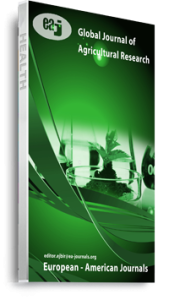Sesame yields from farmers fields are of great concern. Among the various factors that constrain production are biotic pressures associated with the reproductive phase. Sesame exhibit high genetic variability, believed to contribute to increase plants fitness and expression of tolerance (varietal) levels. Advocacy for bio-pesticides had opened a new horizon in safety precaution, eco-friendliness and more rational pest management continuum. In this study, performance of five sesame varieties and bio-pesticides effects on these pests were evaluated in 2014 and 2015 cropping seasons, all treatments were applied as foliar sprays fortnightly. Observation for pest population count commenced at flower buds, through capsule formation to physiological maturity. Five plants per plot (subplots) were tagged, all data taken were square root transformed before analysis, and low pests population sampled across the varieties in 2014 were significantly different except for 2015. Sesame yield significantly appreciated with the pesticides protections, Cypercal® gave 9.11± 0.47kg/ha and 14.54± 1.26kg/ha for both seasons. Except for NCRIBEN-01M in 2014, all effects in 2015 and E-8 in 2014/2015 yields effects were not significantly different, both treatments across the varieties gave yield advantage over the control. Seed weight gains was recorded across the varieties compared to the control, these gains were statistically significant, except for Ex-sudan and ICEASE-00018. Agronomic parameters of these sesame varieties were uniform across both treatments and seasons, showing significant contribution to the yield proficiency, but were not statistically different. Both bio pesticides gave varied levels of protection to sesame against these sucking pests. The sesame varieties contributed some levels of protection, through their varietal responses, evidenced in low pests’ population per variety and yield advantage over the control, while the agronomic parameters accounted for yield increases.
Keywords: Sesame, bio-pesticides, harvest index and diseases, sucking pests

